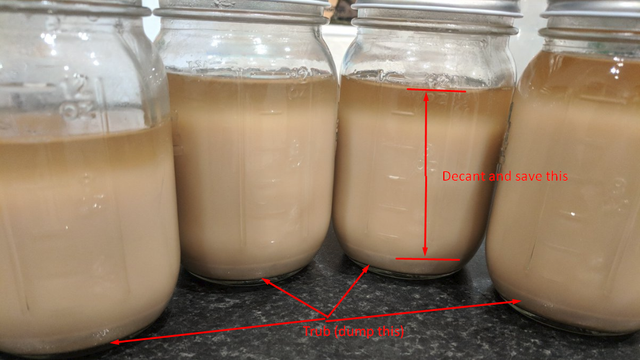user 214470
Well-Known Member
- Joined
- Sep 11, 2015
- Messages
- 104
- Reaction score
- 22
I'm about to start washing and storing some yeast in the fridge for future use.
I was always wondering - why do you need to use sterile water for yeast washing, why can't we just use the beer that yeast naturally created as their "medium" (with a certain pH and even some preservative alcohol).
It would not even be "washing", I'm thinking - just swirl/decant the yeast-beer mix several times to get rid of the trub, and your'e left with yeast layer at the bottom, and clear beer layer on the top. Are there any dowsides to that vs. washing with sterile water? Storage longevity?
I was always wondering - why do you need to use sterile water for yeast washing, why can't we just use the beer that yeast naturally created as their "medium" (with a certain pH and even some preservative alcohol).
It would not even be "washing", I'm thinking - just swirl/decant the yeast-beer mix several times to get rid of the trub, and your'e left with yeast layer at the bottom, and clear beer layer on the top. Are there any dowsides to that vs. washing with sterile water? Storage longevity?





